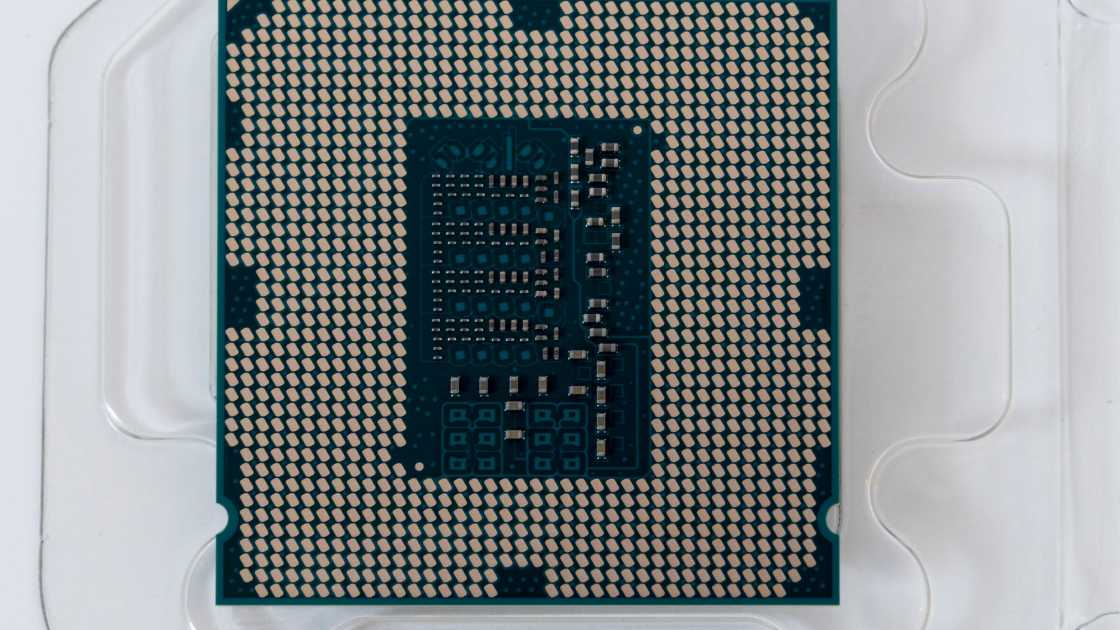How to Find Out What Bit Your Computer Is: Demystifying Your System Architecture
In the realm of computing, understanding the inner workings of your computer is like unraveling a digital mystery. One important aspect that often puzzles users is determining whether their computer operates on a 32-bit or 64-bit architecture. Fear not, tech explorers! In this article, we’ll guide you through the process of discovering what “bitness” your computer possesses.
There are 5 Process of Discovering What “Bitness” Your Computer Processes
Decoding the Computer’s Bitness: Unveiling the Basics
Before delving into the methods of finding your computer’s architecture, let’s clarify the concept of bits. A computer’s architecture refers to the number of bits its processor uses to process data. The two main categories are 32-bit and 64-bit, each offering distinct advantages in terms of performance, memory utilization, and compatibility with software.
Navigating Windows Systems
If you’re a Windows user, fret not, for discovering your system’s architecture is a breeze:
Windows 10 and 11:
Click on the “Start” menu, then head to “Settings.” From there, select “System,” followed by “About.” Under the “Device specifications” section, you’ll find your system type, indicating whether it’s a 32-bit or 64-bit operating system.
Windows 8 and 8.1:
Right-click the “Start” button and choose “System.” Your system type will be displayed under the “System” section.
Windows 7:
Open the “Start” menu, right-click “Computer,” and select “Properties.” Your system type will be listed next to “System type.”
Unveiling the Truth on macOS
Mac users, the journey to uncover your computer’s architecture is equally simple:
MacOS:
Click the Apple icon in the top-left corner of the screen and select “About This Mac.” In the pop-up window, navigate to the “Overview” tab. You’ll find your system’s bitness mentioned next to “Processor.”
Exploring the Command Line
For those who love to venture into the digital wilderness, the command line can provide answers:
Windows:
Open the Command Prompt by typing “cmd” in the search bar and pressing Enter. Then, enter the command “wmic os get osarchitecture” and hit Enter. The displayed architecture (either “32-bit” or “64-bit”) will reveal your system’s bitness.
macOS and Linux:
Launch the Terminal and enter the command “uname -m” for macOS or “arch” for Linux. The terminal will display either “x86_64” for 64-bit systems or “i386” for 32-bit systems.
Navigating Linux Terrain
Linux enthusiasts, your journey to uncovering your computer’s bitness is paved with the command line:
Linux:
Open the Terminal and enter the command “getconf LONG_BIT.” The terminal will respond with “32” for a 32-bit system or “64” for a 64-bit system.
FAQs
What does it mean for a computer to be 32-bit or 64-bit?
The terms “32-bit” and “64-bit” refer to the architecture of a computer’s processor. A 32-bit processor can handle data in chunks of 32 bits at a time, while a 64-bit processor can handle data in chunks of 64 bits. The main difference lies in the amount of memory the system can address and the performance it can achieve. 64-bit systems generally have access to more memory and can handle more complex tasks efficiently.
How can I find out if my Windows computer is 32-bit or 64-bit?
To determine your Windows computer’s bitness, follow these steps:
For Windows 10 and 11:
Click “Start,” go to “Settings,” select “System,” then click “About.” Under “Device specifications,” you’ll find your system type.
For Windows 8 and 8.1:
Right-click the “Start” button, select “System,” and your system type will be displayed.
For Windows 7:
Open the “Start” menu, right-click “Computer,” choose “Properties,” and your system type will be listed next to “System type.”
How can I determine the bitness of my macOS or Linux computer using the command line?
If you’re comfortable with the command line, you can find your computer’s bitness as follows:
For macOS:
Open Terminal, type “uname -m,” and press Enter. You’ll see “x86_64” for 64-bit or “i386” for 32-bit systems.
For Linux:
Launch Terminal, enter “getconf LONG_BIT,” and press Enter. The terminal will display “32” for 32-bit or “64” for 64-bit systems.
Please note that these methods require some technical familiarity, so proceed with caution if you’re not accustomed to using the command line.
Conclusion
The mystery of determining whether your computer is 32-bit or 64-bit has been unraveled. Armed with the knowledge of your system’s architecture, you’re better equipped to explore software compatibility, optimize performance, and make informed choices about your digital endeavors. Whether you’re a Windows explorer, a macOS voyager, or a Linux trailblazer, the answers lie at your fingertips, waiting to be unveiled.

